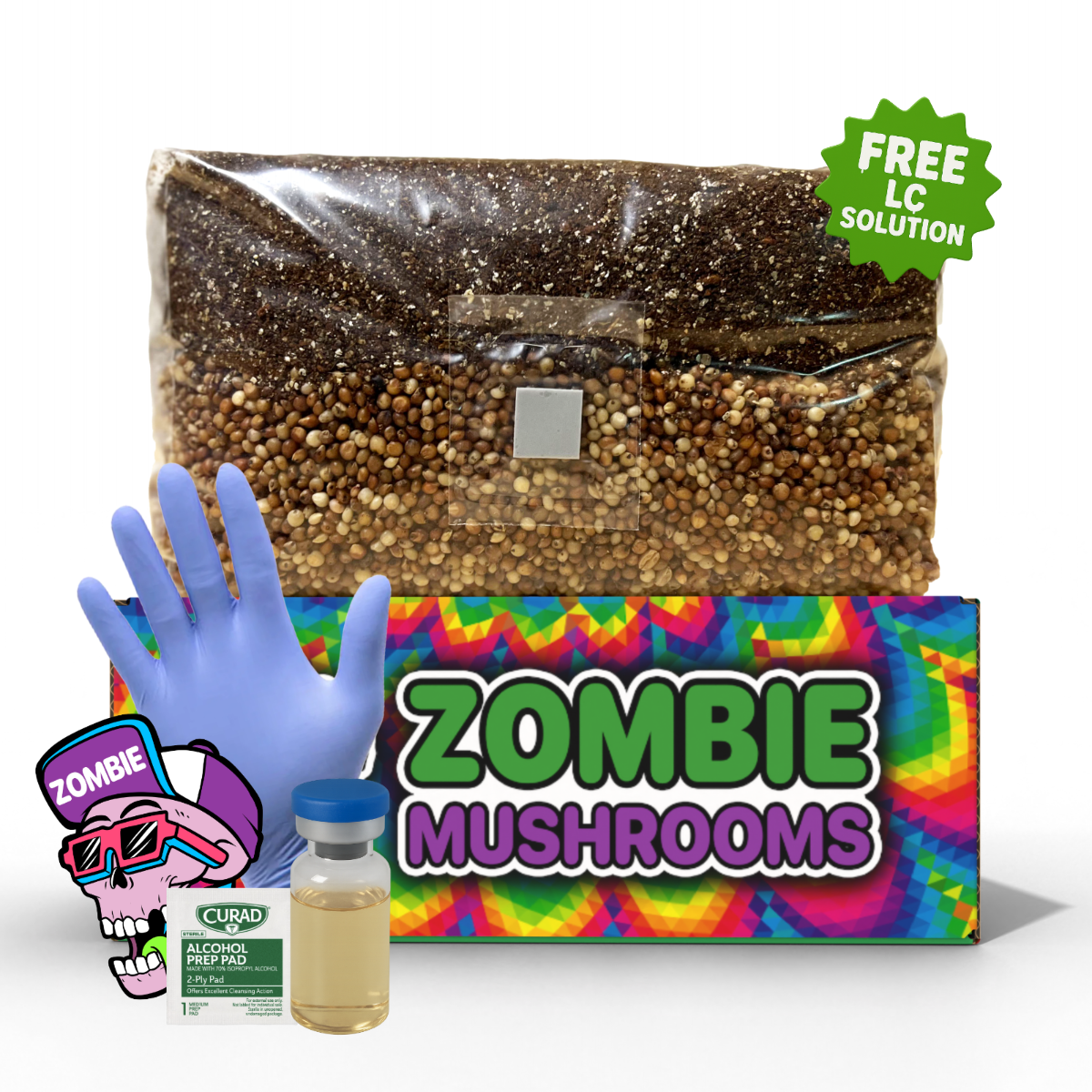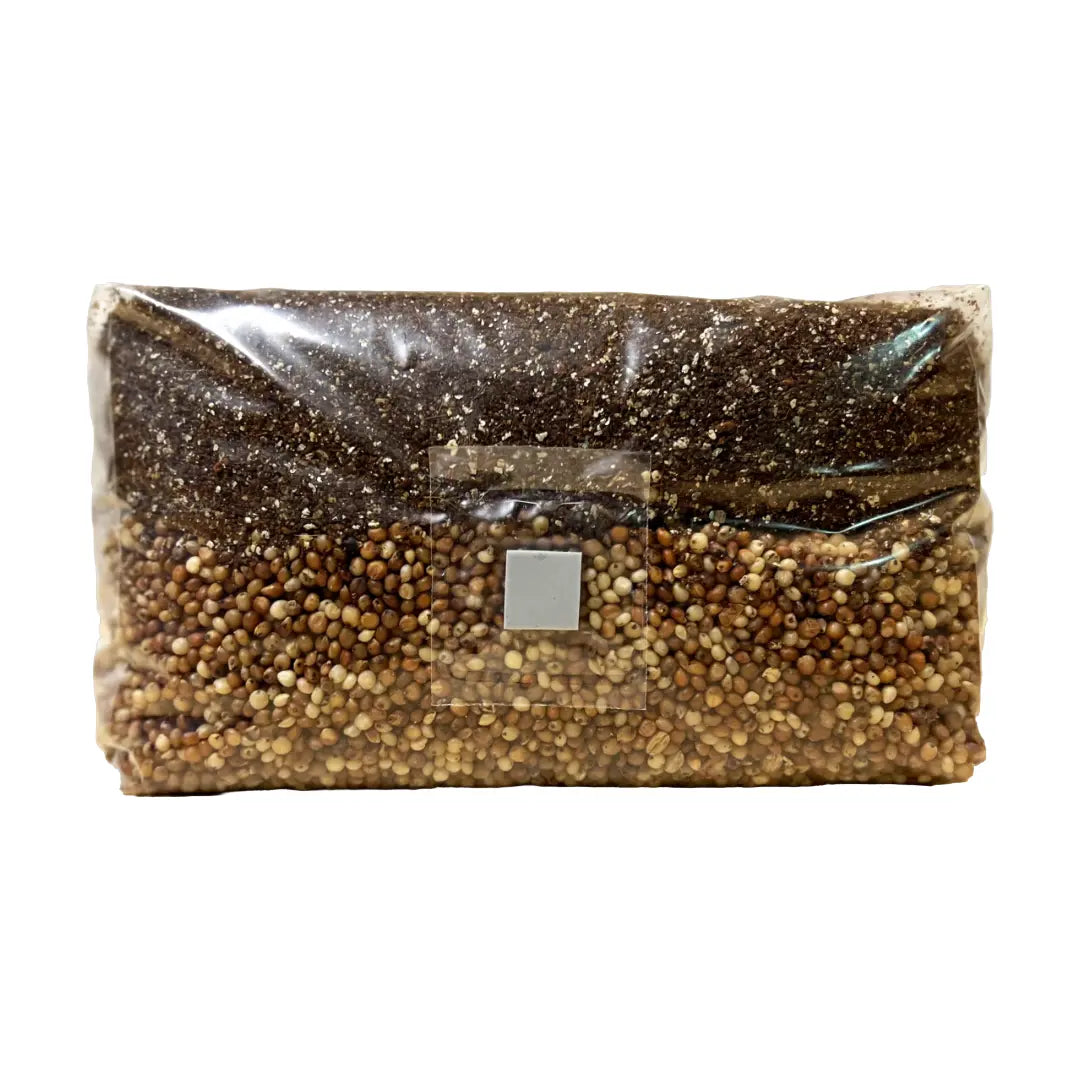⬇️ Prefer to listen instead? ⬇️
- Sea sandwort tastes fresh, like cucumber, and you can eat all of it above the ground.
- It can make male, female, or mixed flowers. This helps it live in hard places.
- It helps keep coastal areas stable. It stops sand from washing away. And it helps many living things.
- There are no toxic plants that look like it where it grows. So new people finding food can pick it safely.
- It is good for cold pickling. You can also use its thick leaves in raw salads. Or in drinks you make from wild plants.
Sea sandwort (Honckenya peploides) is a tough plant you can eat from the coast. It grows well in salty, hard ground where few other plants live. It tastes fresh and a little salty. It is like cucumber skin or fresh pea shoots. This plant is not well known. But it is good for cooking. And it is good for the environment too. This guide tells you how to identify and find sea sandwort. It also shows you how to cook and keep it. We'll look at its nutrition and its job on the coast. And we'll see how it fits into old stories and modern cooking.
What Is Sea Sandwort?
Sea sandwort is a tough plant that lives for many years. It is thick and juicy. It grows near the coast in the Northern Hemisphere. Its science name is Honckenya peploides. It is in the Caryophyllaceae plant family. People call it by many names. Like sea chickweed, sea pimpernel, and sea-beach sandwort. In a old Scottish language, it is called "lus a’ghoill." This name shows how people knew this plant for a long time.
Sea sandwort is valuable among coastal plants you can eat. This is because it is tough and can handle different conditions well. The plant grows in hard places where most plants cannot live. These areas are hit by salty winds, moving sand, and storms all the time. It spreads out like mats. These mats are green and cover the shoreline. They make the coast look nice. But they also hold the sand so it does not wash away.
People sometimes mix it up with other coastal plants like sea purslane. But they are different plants. And they are different for cooking. Sea purslane has flat leaves. Sea sandwort grows close to the ground. It grows up. Its leaves are thick and juicy with wax on them.
If you want to eat sea sandwort, it is best before it has flowers. After the flowers come, the leaves taste bitter. You can still eat them though.

Is Sea Sandwort Safe to Eat?
Yes, sea sandwort is safe to eat. It is not toxic for people. It is one of the wild plants that is safer to find and eat. This is good for people who are new to finding wild food. It is safe because no toxic plants that look like it grow in the same place. It grows on sandy or gravelly beaches near the coast. Look above the high tide line.
You can eat all the parts of sea sandwort that grow above the ground. This means the thick leaves and soft stems. The best taste comes when the plant is young. This is before it starts making flowers. The best time to find it is in spring. From March to May is good.
After it flowers, the leaves get bitter. This does not hurt you. But they do not taste as good. Animals do not often eat it. This is because it has a salty coating. But people like its mild, fresh taste. It is a little complex.
If you are just starting to find wild food, sea sandwort is a great plant to begin with. It is easy to spot. And it is safe.

How to Identify Sea Sandwort
You need to know how to spot wild plants correctly. Sea sandwort has clear signs that make it easy to identify.
Leaf Shape
Sea sandwort has thick, juicy leaves. They look like triangles or eggs. They grow in pairs. One leaf is straight across from the other on the stem.
Pattern
Each pair of leaves grows across from the pair below it. If you look down from the top, it makes a neat cross shape. This clear four-way pattern helps tell it apart from other juicy coastal plants.
Size and Color
The plants are usually 3 to 8 cm tall. When they are young, the leaves are bright green. As the plant gets older, the color changes to more yellow-green.
Flowers
Small white flowers start growing in the middle of May. They have five petals. This is a sign that the best time to find leaves for eating is ending. After the flowers come, the leaves will taste bitter.
Where It Grows
You always find sea sandwort along the coast. It grows just above the high tide line in sand or gravel. It spreads out like mats. These mats handle wind, salt spray, and moving ground well. It is good at living in hard places.
Tip: Bring a Guide
When you go finding plants for the first time, take a guide book. Find one with pictures that show the plant from different angles. Seeing the leaves pattern, where it grows, and how it looks will help you spot it the first time.

Where Does Sea Sandwort Grow?
Sea sandwort grows in many places along the northern coasts. It grows in Europe, Asia, and North America. You find it most often in these places
- Sandy beaches
- Shores with rocks and gravel
- Edges of rivers where they meet the sea
- Coastal sand dunes
In the UK and Ireland, it grows very well on the west and north coasts. It makes green mats where other plants have a hard time growing. You will often see it growing near other wild plants you can eat from the coast. Plants like sea beet, sea kale, and sea radish.
In North America, it grows on the coasts of both the Atlantic and Pacific oceans. You often find it in sand dunes and areas washed by high tides. It can handle salt and sand blowing on it. So it is often one of the first plants to grow in coastal areas that have been changed.
When you look for sea sandwort, always search above the highest tide line. Many edible plants grow here. But there are not many harmful ones. This spot is good for people finding food on the coast.

Nutritional Benefits of Sea Sandwort
Like many wild green plants, sea sandwort is full of good things for your body. Not many studies have looked closely at this plant. But other juicy plants from the coast have lots of minerals and vitamins. This is because they grow in salty places. And they have thick leaves that hold water.
Some important things it has are
Vitamin A
Vitamin A helps you see, stay healthy, and makes skin grow. It is often in green leafy plants that have deep color. Sea sandwort has a good amount. This is because it is always green.
Vitamin C
Vitamin C is needed to stay healthy and build your body. Sea sandwort's vitamin C can add to your spring food. This is good when it is still too early for garden plants.
Water and Electrolytes
Sea sandwort has thick leaves with a waxy coating. They hold water really well. This helps the plant live in harsh, salty places. And it helps the person who finds it. The plant gives water and minerals like magnesium, potassium, and calcium.
The plant has a good bit of salt. So it might not be good if you are on a low-salt diet. But for most healthy people, it just tastes salty. And it does not have many calories.

Ecology: Sea Sandwort’s Job in Coastal Areas
Sea sandwort has an important job on the coast. It helps keep the land healthy and stable. Here is how
It stops sand from washing away
It grows in mats that hold the sand and gravel together. This helps keep the shoreline stable. This job is very important now. Sea levels are rising. And storms are getting stronger.
It helps different kinds of life
Sea sandwort mats give shelter to small animals like sand hoppers and beetles. These small animals are food for birds, fish, and animals on the coast. So the plant helps lots of life grow.
It can change how it makes seeds
Scientists have seen that sea sandwort can change. It can make male flowers, female flowers, or flowers that are both. This depends on the weather and where it is growing. This ability to change helps it make new plants in tough, windy places. Pollinators like bees are not always there.
Sea sandwort is more than just a plant you can eat from the coast. It is a very important plant. It helps hold fragile coastal areas together and makes them healthy again.

How to Find Sea Sandwort Without Harming Its Home
If you find sea sandwort carefully, people in the future can still enjoy this wild plant. Do these things
- Use a Knife or Scissors: Cut the parts above the ground cleanly. Do not pull or yank. This can pull up the whole plant.
- Take only a little: Only take a small amount from one patch. This lets the plant keep growing and make more plants.
- Do not take plants with flowers: After the flowers come, the leaves taste bitter. You should let these plants finish growing and make seeds.
- Take your trash with you: Help the place stay healthy. Pick up plastic and wrappers that wash in. Finding wild food also means helping the place it grows.
- Stay away from busy or dirty places: Do not look for plants near where sewage comes out. Or near harbors or beaches with many tourists. The plants might be dirty there.
Finding wild food well means learning how to use it in the kitchen. And it also means taking care of the place you found it. Treat sea sandwort with care. Treat it like you would a rare mushroom or a special old garden plant.

When and Where to Harvest
The coast has food you can find at different times of the year. Spring is the best time for sea sandwort. Good times to find it are
- From the middle of March to the middle of May: The young leaves taste best then. And they have the most good things for you.
- Early Fall (Sometimes More Growth): In some places, especially in the south, you can find fresh growth again in early fall.
Look for clean coastlines. Find places where not many people walk. Look for patches of the plant that you can see. Look just above the high tide line. Do not collect plants after a storm. Dirty water might have washed onto them then.
Tip: You can often find the best plants after a few days of good weather. Calm seas and sun help the plant grow fresh leaves.

Preparing Sea Sandwort for the Kitchen
When you get home, wash the plants very well. This is the first step. Wash them in many changes of water. Or use a salad spinner. This gets the sand out. Even a little sand can ruin your meal!
Easy Ways to Eat It
- Raw: Put it in green salads, sandwiches, or sushi rolls. It is crunchy. And it tastes a bit like the sea.
- Steam or Blanch: Serve it as a side dish. It is good with white fish or tofu.
- Stir-fry: Cook it with other wild plants you found. Like sea beet or alexanders. This makes a healthy stir-fry.

How to Cook It: Wild Snacks to Drinks
People are finding new ways to use sea sandwort. Here are some ideas for your food
- Dips: Mix cooked sea sandwort with things like aioli. Or with wild garlic mustard that has been left to sit. Or with butter made with wild chives.
- Drinks: It can add a plant taste to drinks like a gin sour or tonic. Crush or mix it to make a green drink.
- On Top: Freeze small pieces in ice cubes. Put them in sparkling water or drinks. It looks nice.
- On Top: Put it on top of fish dishes like ceviche. Or on oysters or smoked salmon.

Pickling and Keeping Sea Sandwort
Want to keep the plants you find for longer? Sea sandwort is good for keeping
Cold Pickling
- Put clean plants in a liquid mix. Use 3 parts water, 2 parts vinegar, and 1 part sugar.
- Add other things for flavor. Like bay leaves, dill, mustard seeds, sea lettuce, or wild horseradish.
Making it sour
- Mix it with salt. Use 2% salt compared to the plant's weight.
- Let it sit in a jar for 1–2 weeks. It will get sour. This adds a good, deep taste to fish dishes and salads made with grains.
Keeping it cold helps the plant stay crunchy. It keeps the fresh ocean taste. This is better than boiling or canning it.

Old Stories and Its Place Now
In the past, sea sandwort was a valuable first green after long winters. Food was hard to find then. People on the coast could count on it in early spring. Sometimes it was the only green they had. This was before garden plants were ready.
Today, cooks in Nordic countries and those who use wild foods are using it more. Chefs like how it feels to eat. They like its saltiness. And they like that they found it wild. It is good on new and interesting dishes. Even on high-end restaurant menus.

Other Coastal Plants You Can Eat
Want to find other wild plants by the sea? Think about these tasty ones
- Sea campion
- Sea beet
- Sea radish
- Sea kale
- Sea lettuce
Finding sea sandwort is a good way to start. Then you can look for these other plants. They grow near each other at different times of the year. Each plant tastes different. It grows in certain places. And you can cook it in different ways.
A Good Wild Plant to Start With
Sea sandwort is special. It tastes and feels good to eat. It is easy to tell what it is. And you can find it without hurting where it grows. It is a great plant to begin with if you want to find wild food by the sea. And if you want to feel more connected to the coast. It tastes good. It helps the environment. And it has a long link to the sea and the people who lived there. Sea sandwort is a plant from nature. You can find it near the water. So take a basket and a guide book. And be ready to look and learn. And walk carefully on the sand where plants are growing.
Citations
- Cowley, J. (1999). The Encyclopedia of Edible Plants of North America. McGraw-Hill.
Mabey, R. (1972). Food for Free. Collins.



